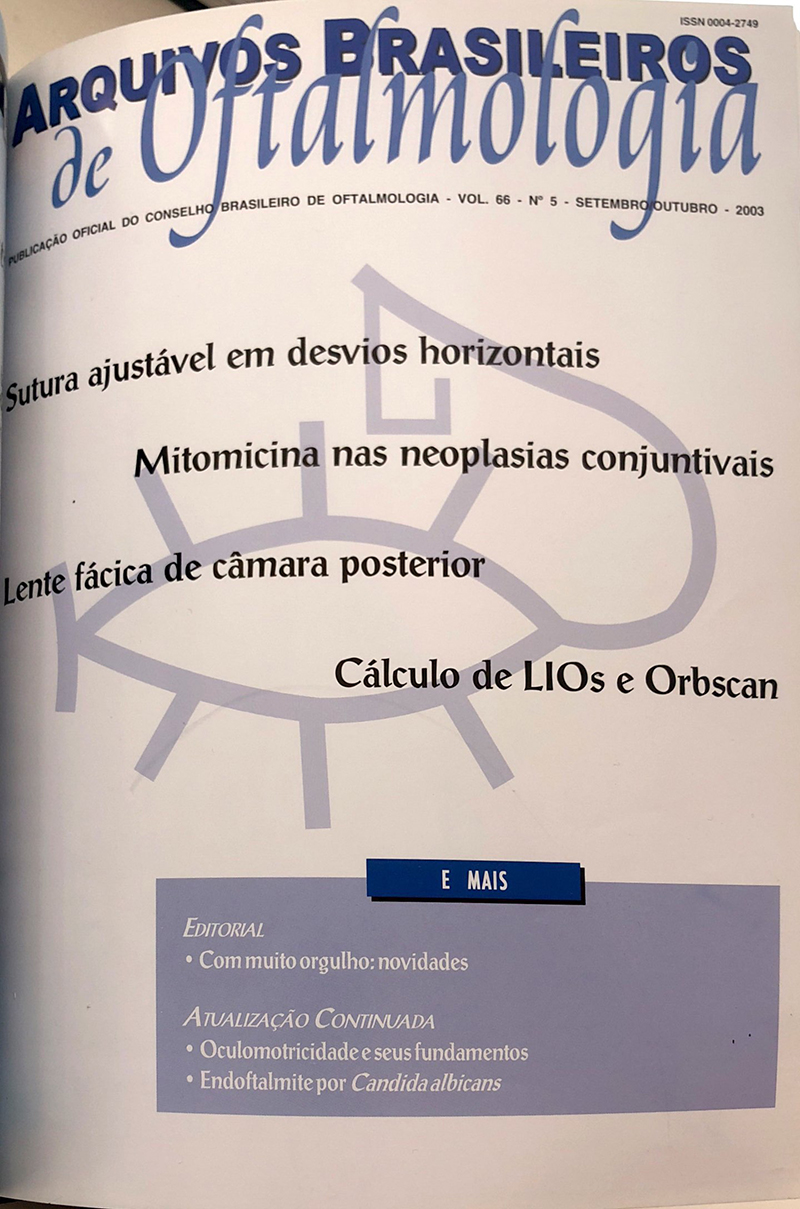The paper starts from a schematic circuit establishing a relationship of the sensorial (visual, binocular) with the oculomotor systems, whose defects of their afferent or efferent pathways, or of their interactions, explain the emergence of strabismus with its consequences. The foundations and referentials of ocular movements are then examined: the concepts of axes and planes, of the centers of mass and of rotation, of monocular displacements of translation and rotation, of binocular version and vergence displacements. The functions of centers of command for voluntary or reflex ocular movements are also presented, as well as the innervation of extrinsic ocular muscles. In a second part (physiology of the extrinsic ocular muscles), activities of contraction or relaxation and the importance of Sherrington's law are commented. The concepts of primary position of gaze and of the referentials for rotations are retaken leading to the diversity of the several systems of measurements. There follows analysis of the rotational actions of the ocular muscles, based on the so-called planes of muscular actions and on the anatomic distribution of the muscles, leading to the results in primary position of gaze and others. The effects of fascias and intermuscular membranes are also commented. Conclusively the modern concept of the muscular actions is presented (simultaneous actions of all muscles in each ocular position). Based on the conditions of Hering's law the concept of positions for the diagnosis of the oculomotor disfunctions, which differs from the classical one is developed: the muscles are considered in pairs, according to their predominant actions ___ horizontal (horizontal recti), vertical (vertical recti) ou torsional (oblique muscles). For each corresponding pair, the actions in diametrally opposite conditions of ocular fixation and gaze position are compared. For example, supradextroversion, with fixation of the right eye and infralevoversion with fixation of the left eye in order to compare the actions of the right superior rectus and of the left inferior rectus, respectively. The influence of the head tilt upon such actions is also analyzed. The paper also studies the synkinetic relationship between accommodation and convergence, proximal convergence, and the units of those functions.
Keywords: Strabismus; Eye movements; Optical rotation; Measures; Oculomotor muscles; Oculomotor nerve; Accommodation, ocular; Convergence, ocular; Eye diseases
